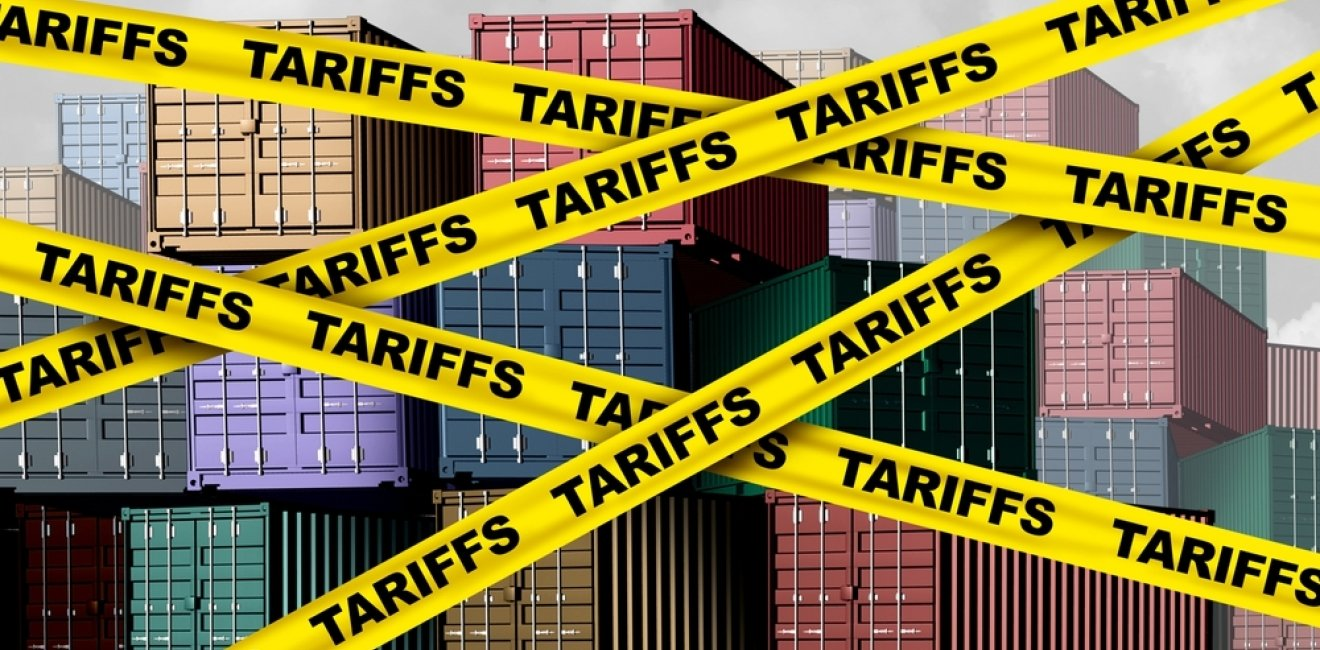The Impact of Trade Tariffs on International Shipment Tracking Systems
International trade is complex, and trade tariffs add another level of difficulty. For companies and consumers, tariffs do not only raise the cost of goods, they also affect how shipments are tracked across borders. International Shipment Tracking becomes more challenging when tariffs change, as businesses must adapt to delays, new documentation, and higher compliance requirements.
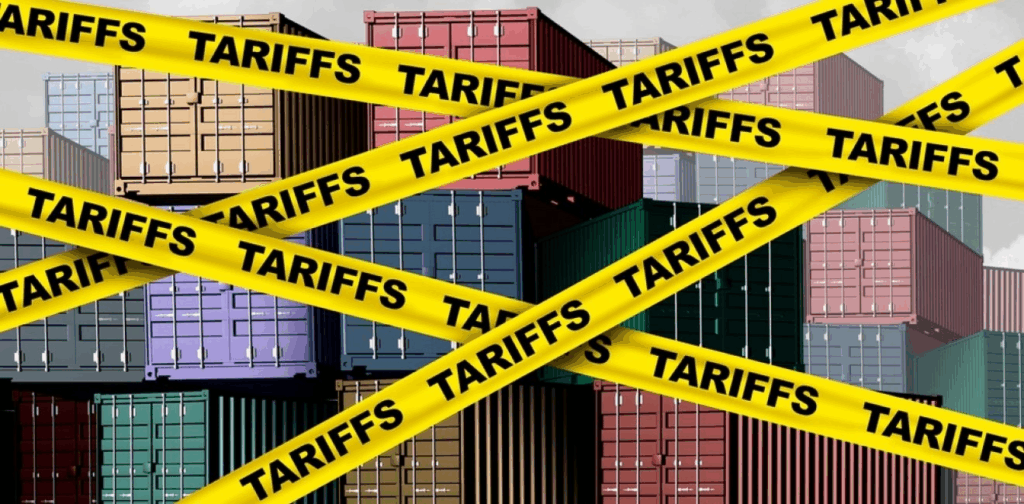
What Are Trade Tariffs and Why Do They Influence Tracking?
Definition of Trade Tariffs
Trade tariffs are taxes placed on imported or exported products. Governments use them to protect industries, balance trade, or respond to political conditions. These tariffs directly influence the movement of goods and the way shipments are processed.
Link to Tracking Systems
Every cross-border shipment requires customs clearance. When tariffs increase or change suddenly, customs procedures become longer and more complex. This impacts International Shipment Tracking because delays and re-routing need to be recorded in real time.
How Do Tariffs Affect International Shipment Tracking Accuracy?
Customs Delays
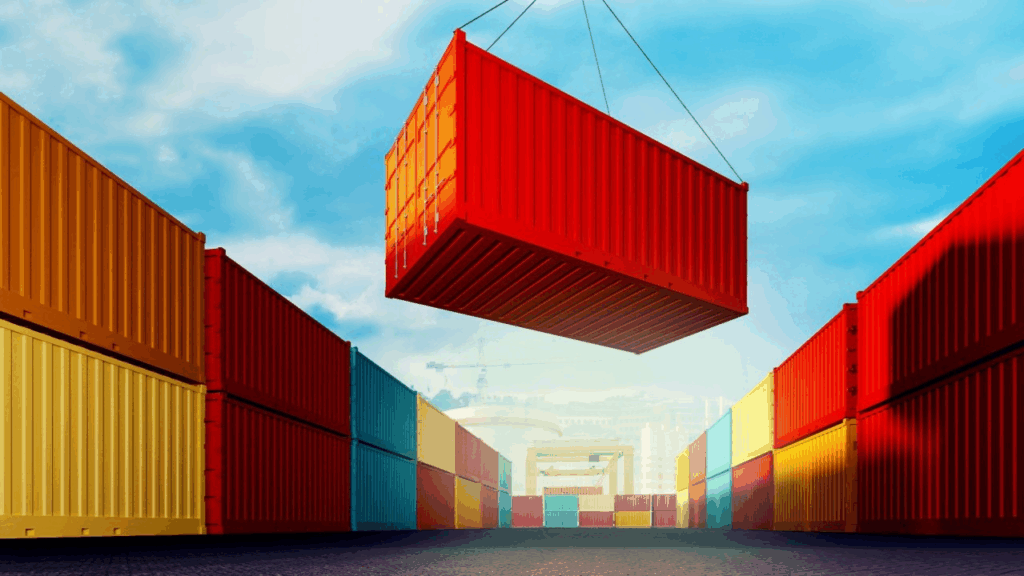
Higher tariffs often mean more inspections. Shipments may require additional paperwork or verification. This leads to:
- Longer waiting times at customs checkpoints
- Tracking statuses stuck at “pending”
- Uncertainty in delivery estimates
Data Inconsistencies
If tariff codes are outdated or misapplied, shipment records can be incorrect. This causes tracking systems to display confusing updates that do not match the actual location of goods.
Complicated Routing
Some businesses re-route shipments to avoid high tariffs. While cost-saving, this makes International Shipment Tracking more complicated. Customers may see unusual transit points, raising questions about reliability.
What Challenges Do Businesses Face?
Higher Operational Costs

With tariffs in place, shipping costs rise. Tracking systems must reflect these new expenses, which increases complexity in logistics management.
Greater Risk of Errors
Frequent tariff updates mean staff need to constantly adjust classification codes. Any mistake can delay shipments and lead to inaccurate International Shipment Tracking results.
Customer Concerns
Shoppers expect real-time visibility. Gaps in tracking or unexplained delays damage trust and create frustration.
Can Technology Reduce Tariff-Related Issues?
Role of AI and Automation
Artificial Intelligence can detect tariff changes, update codes automatically, and forecast customs delays. This improves accuracy in tracking data.
Blockchain for Trust

Blockchain creates a secure record of tariff applications, customs clearance, and shipment progress. This adds credibility and transparency to International Shipment Tracking.
IoT and GPS Devices
Smart sensors keep reporting location even when goods are held at borders. Customers still see where their package is, reducing uncertainty.
What Strategies Can Companies Use?
Advance Communication
Proactively inform customers about possible tariff-related delays. Combine International Shipment Tracking updates with alerts to keep them reassured.
Integrated Tariff Data
Include tariff and customs details inside tracking systems. This makes delays clearer to customers and reduces unnecessary support requests.
Diversified Routes
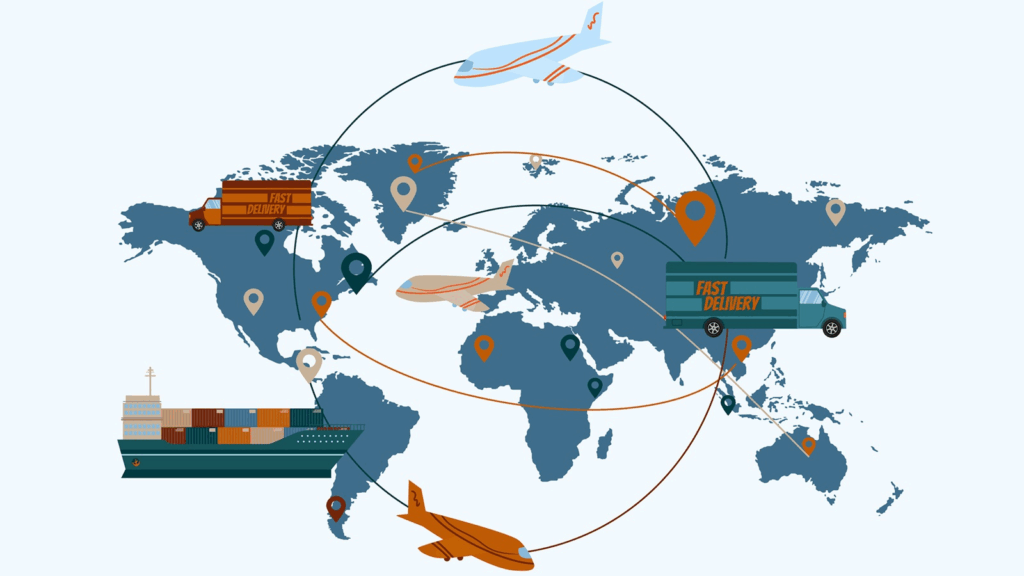
Avoid relying on a single route or carrier. By diversifying, shipments can continue smoothly even if one lane is heavily affected by tariffs.
Predictive Analytics
Use historical data to forecast customs congestion and tariff disruptions. Tracking systems can then display estimated delays for more accurate delivery times.
Logistics Partnerships
Work with global logistics platforms that manage multiple tariff zones. Partnerships bring stronger compliance and more complete tracking data, improving customer trust.
How Do Tariffs Influence Different Stakeholders?
For Online Sellers
Rising costs may lead to higher product prices. Reliable tracking becomes essential to maintain customer satisfaction.
For Logistics Providers
Systems must adapt quickly to changing tariff rules. Investments in compliance tools are required to keep operations efficient.
For Buyers
Customers may face longer waiting times and unexpected pauses in tracking updates, which lowers overall confidence.
Real-World Examples
U.S.–China Tariffs
Trade tensions between the United States and China introduced multiple rounds of tariffs on a wide range of goods. Products such as electronics, textiles, and industrial parts suddenly faced higher import duties. These policy changes forced carriers to adjust not only shipping prices but also their tracking systems.
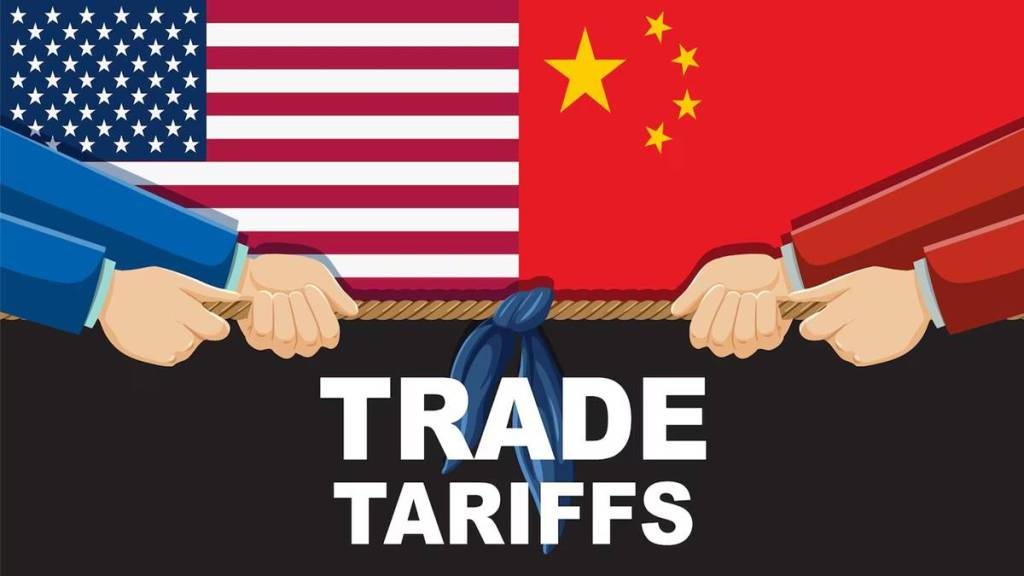
International Shipment Tracking had to display additional customs inspection stages, since many goods were pulled aside for reclassification. For businesses, this meant longer waiting times and less predictable delivery estimates. Customers often saw tracking statuses like “awaiting customs clearance” for days, which created uncertainty. To manage this, logistics companies updated their systems to provide more detailed explanations, linking delays directly to tariff checks.
Brexit Tariffs
After the UK left the EU, shipments required new tariff codes and declarations. Tracking systems added steps like “documents under review” and “tariff confirmation.” Incorrect product classification often led to delays, hurting customer experience.
Trade Agreements
In regions with free trade agreements, shipments clear customs faster and tracking remains consistent. By contrast, tariff-heavy regions show more delays and irregular updates. This contrast highlights how trade policy shapes the customer experience in shipment tracking.
Why Visibility Matters More Under Tariffs
One often overlooked aspect is the role of visibility. When tariffs disrupt regular shipping flows, tracking systems become a lifeline for both sellers and buyers. Businesses gain insights into bottlenecks, while customers rely on timely updates to plan their own schedules. Without transparent International Shipment Tracking, tariff challenges can quickly turn into customer complaints and lost loyalty. Companies that invest in end-to-end visibility tools can transform tracking into a competitive advantage, even under difficult tariff conditions.
Long-Term Implications for Global Trade

Trade tariffs are not short-term obstacles. They shape supply chain strategies, influence trade agreements, and change the way businesses use technology. In the long run, companies that integrate tariff intelligence directly into their International Shipment Tracking systems will be better prepared to handle uncertainty. This approach reduces risks, builds customer trust, and strengthens resilience against future disruptions. For businesses that operate across multiple regions, long-term adaptation is not optional—it is essential for survival.
Key Lessons for Businesses
- Tariffs create delays, add costs, and reduce tracking accuracy.
- Technology such as AI, blockchain, and IoT can reduce the impact.
- Clear communication and integration of customs data into International Shipment Tracking help maintain trust.
- Companies must be flexible and adapt to changing tariff environments.
- Long-term strategies require investment in visibility and predictive tools.
Conclusion
Trade tariffs will continue to influence logistics around the world. For sellers, logistics companies, and customers, International Shipment Tracking is both the solution and the challenge in navigating these disruptions. Businesses that invest in technology, diversify routes, and communicate clearly can handle tariff impacts more effectively.
To learn more about smart solutions for International Shipment Tracking, visit Postalparcel.
Industry Insights
news via inbox
Nulla turp dis cursus. Integer liberos euismod pretium faucibua

